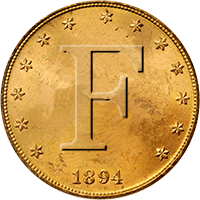"...the coil would have to be tuned or resonant on the frequency that the detector uses."
"Usually not."
OK, I am thinking in terms of RF. I know that the frequencies we are dealing here are AF right? (and not capable of RF propagation)
If the coil is actually resonant, like say a full wave resonant loop. At 15 kHz, which is .015 MHz (length = 1005/MHz) the coil would be like 31200 feet long.
That might be kind of heavy.
So does the circuit have to be resonant like an RLC network?
This makes me wonder why we cannot make, say a 6.59kHz coil work on a 15kHz detector? It seems like it would reduce the efficiency though.
"If I were winding coils, I would use copper."
You do wind coils right? I could swear I read somewhere you did. What gauge would you recommend for experimentation?
The reason I ask is I am learning as much as I can, it might be possible to wind a snooper 350 for the DFX. Why there is not one like this by White's or Excelerator I do not know.
Sorry to ask, kind of off topic. But there is an engineer in the room and I can't pass up the chance to learn something, forgive me!




 Oh well, guess you'll have to wait!
Oh well, guess you'll have to wait! 
